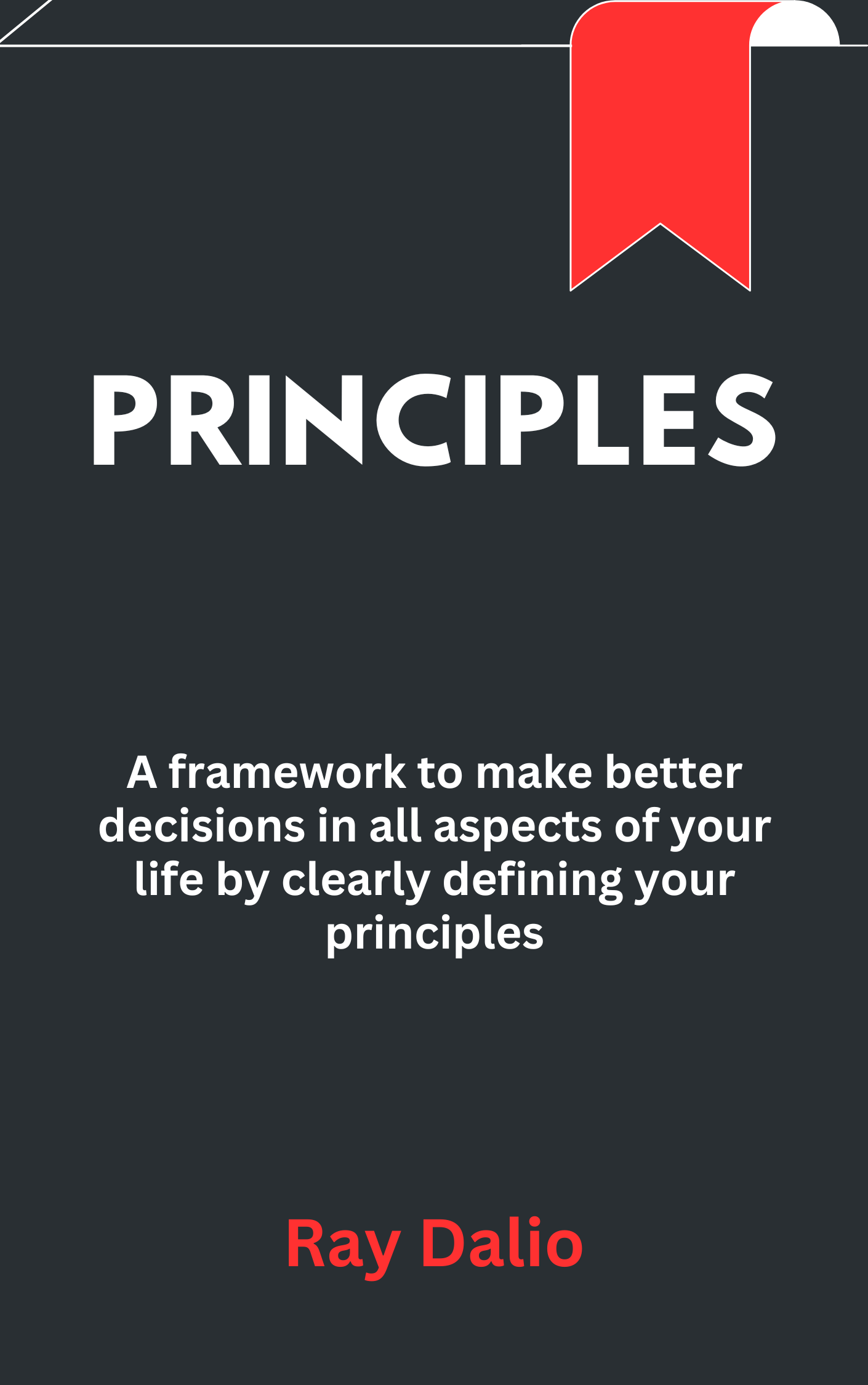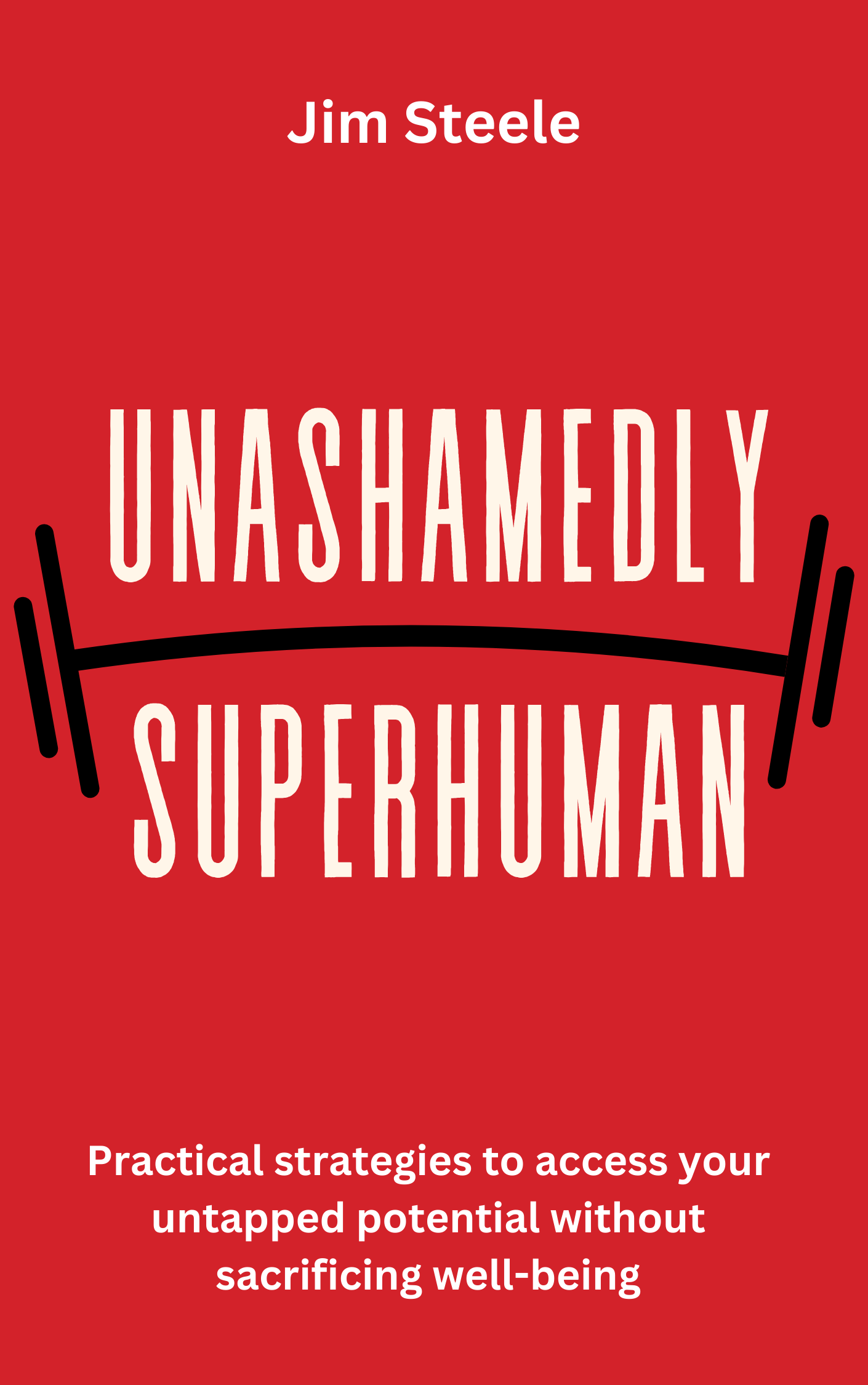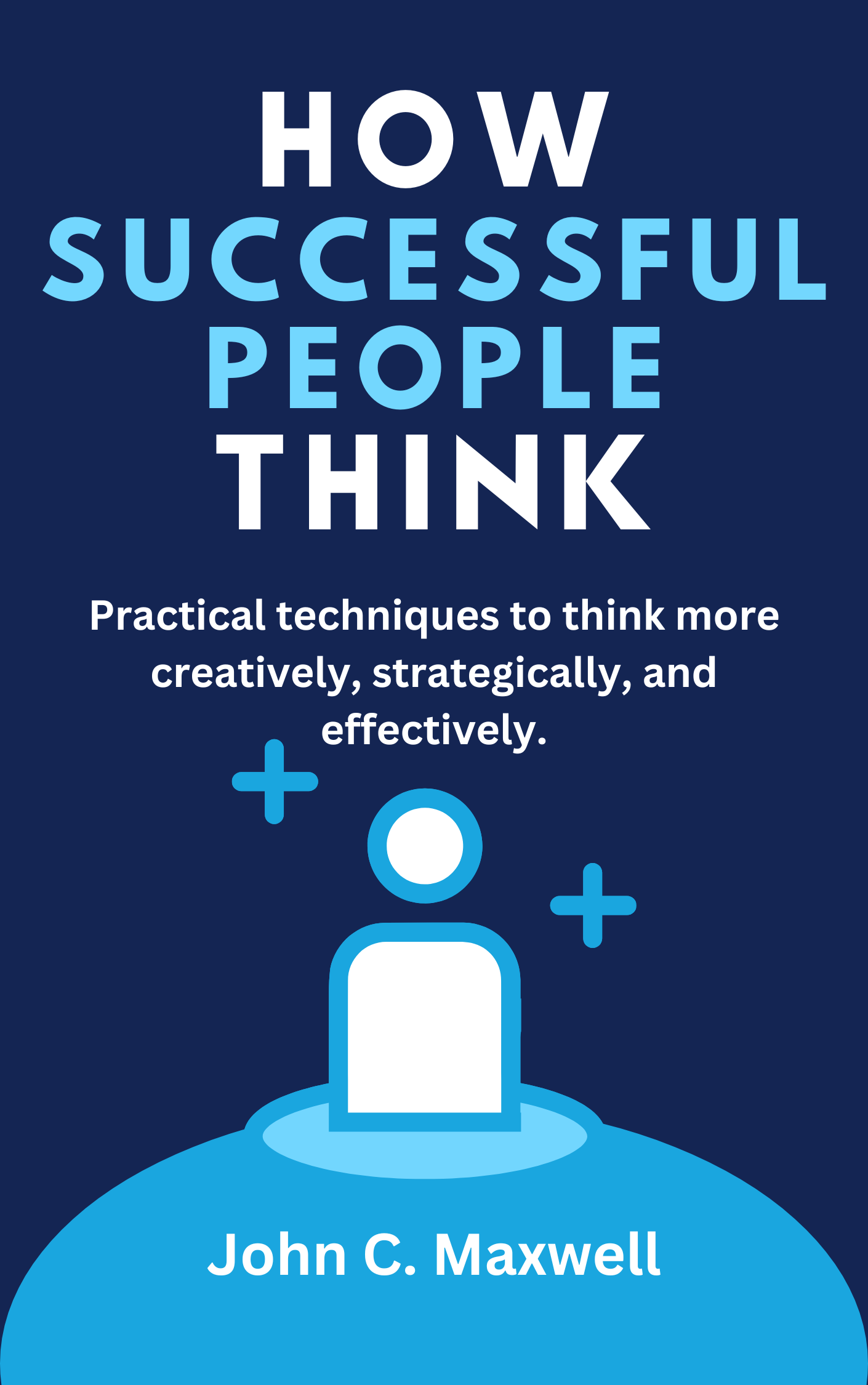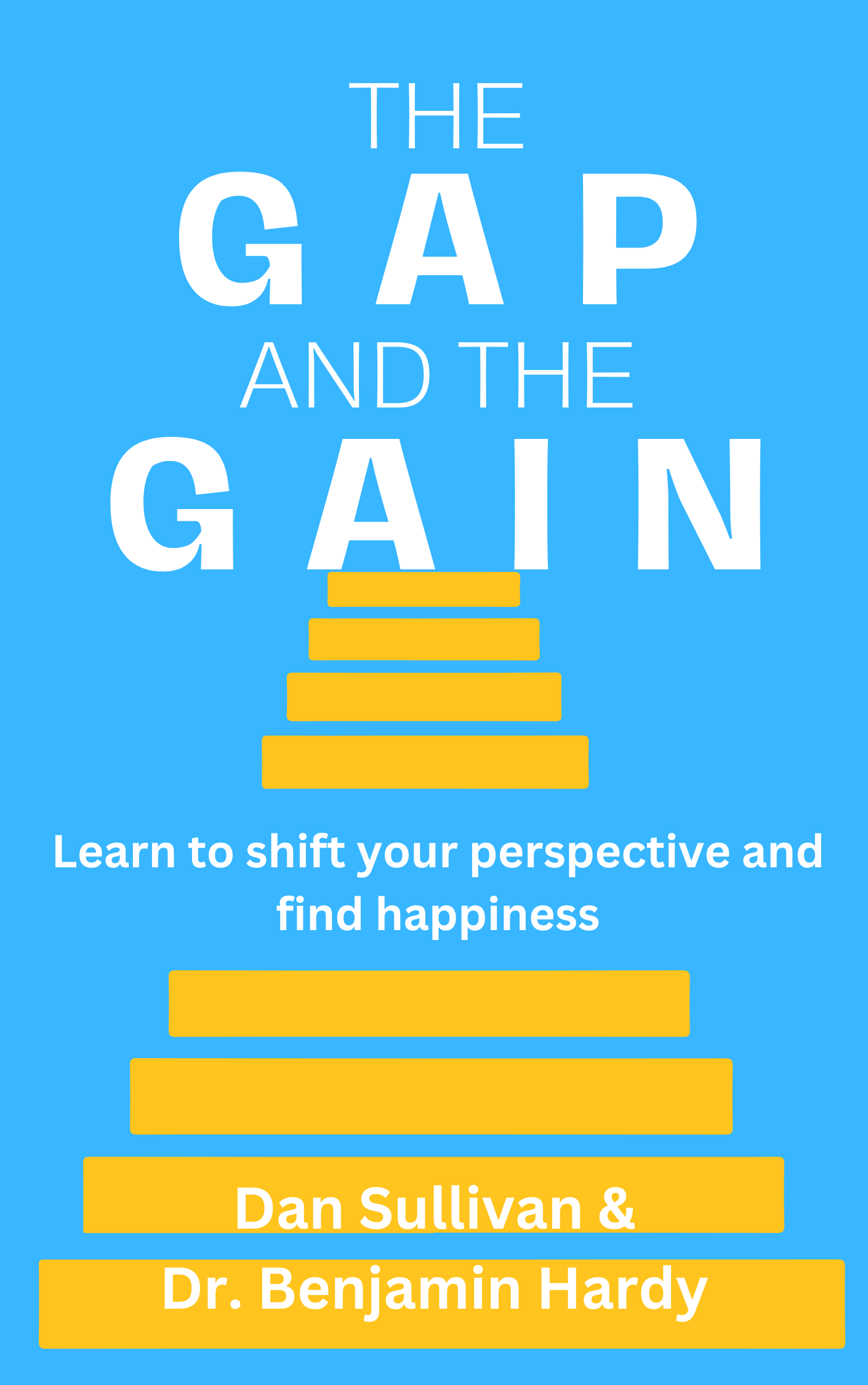Introduction
Ray Dalio calls himself a "dumb shit" who doesn't know much compared to what he needs to know. This is the foundation of his approach to life. His success comes not from knowing everything, but from knowing how to handle not knowing.
Principles, as Dalio explains, are simply fundamental truths that guide your behavior and help you get what you want. Good principles save you time and mental energy by providing reliable frameworks for decision-making. But this book isn't about blindly adopting HIS principles. He wants you to think for yourself, figure out what matters to you, and develop principles that match your goals and nature.
The book is organized in three main parts. First comes Dalio's personal story of how he developed his principles. The second part covers "Life Principles," the overarching approaches that drive everything he does. The third part, "Work Principles," offers a close look at his investment management company Bridgewater's unusual culture. Still, the book isn't just for investors or business leaders. His principles apply to any situation requiring clear thinking and effective decisions. By the end, you won't just understand his principles; you'll have tools to develop your own and apply them to whatever matters most to you.
The Making of Principles
So! How exactly did a middle-class kid from Long Island become one of the world's most successful investors and developed a framework for life and work that's now studied globally?
Born in 1949, young Ray wasn't exactly a star student. He struggled with memorization but had natural curiosity. While other kids played, twelve-year-old Ray took his caddying money and bought stocks. His first investment? Northeast Airlines; chosen simply because it was cheap! When he tripled his money (pure luck, as he later realized), he was hooked.
After barely making it into college, Ray thrived when allowed to study what interested him. His Harvard Business School experience taught him to think like someone solving real problems, not just memorizing facts.
The real education came in 1971 when President Nixon announced the U.S. would no longer exchange dollars for gold. Dalio was stunned as he watched the president essentially devalue the dollar. The next morning, instead of the market panic Dalio expected, stocks jumped 4%. This contradiction drove him to study past currency devaluations and eventually taught Ray an invaluable lesson: what seems unprecedented in your lifetime has probably happened before in history.
By 1975, Ray started Bridgewater Associates from his apartment. His approach? Put himself in his clients' shoes to show them how he'd handle market risks.
Looking back from his later years, Dalio saw how his perspective evolved. Early in his career, each market move seemed like a dramatic, unique life-or-death experience. With time and experience, he began to recognize patterns - "another one of those" situations he could approach calmly and analytically. He came to view reality as an interconnected system of cause and effect relationships, with each event creating ripples that become causes for future effects. And thus were born the principles!
The wisdom Dalio offers readers is to identify patterns affecting their lives, understand the cause-effect relationships driving them, and develop principles for responding effectively. Don't know how to start? The next sections will help!
Life Principles
Life Principles are simply ideas that apply to human lives in general. Dalio shares three awesome life principles: embrace reality, learn from pain, and evolve constantly.
People who create great things aren't dreamers - they're grounded in reality. They understand cause-effect relationships and use principles to get what they want. Most people fight seeing what's true when it's uncomfortable or not what they want. But our life principles teach hyperrealism - appreciating the beauty of all realities, even the harsh ones.
To see reality clearly, try radical open-mindedness and radical transparency. These create a continuous feedback loop that accelerates learning. When you're open-minded, you're less likely to deceive yourself, and others are more likely to give you honest feedback. Being radically transparent feels uncomfortable at first. But with practice, it becomes natural.
Of course, when you stretch for big goals, you'll sometimes fail. But that's where the real growth happens. Yes, failures hurt. But you must keep the pain in perspective. Reflecting on your mistakes can lead to tremendous learning. Most people instinctively avoid confronting their own imperfections. But there's no avoiding pain if you're pursuing ambitious goals. The key is how you respond to it. If you develop a reaction to pain that causes you to reflect rather than avoid it, you'll learn and evolve rapidly. Speaking of evolution...
Everything evolves, from subatomic particles to galaxies. While things appear to die or disappear, they're actually reconfigured into new forms. Meaning evolution is just cycles of adaptation that provide benefits, which then decline in value. This decline leads either to new adaptations that bring higher levels of development or to deterioration and death. This applies to everything - people, companies, countries, economies. Evolution is life's greatest accomplishment and reward. Our chase after things like houses, money, or status, is just bait. The real satisfaction comes from the evolution that occurs while pursuing them. So, the key principle is simple but profound: evolve or die.
Now! This evolutionary process takes place in five distinct steps.
The 5-Step Process
Your ongoing evolution requires both strategic thinking and relentless determination. The plan of attack? This five-step process!
We begin with crystal-clear goal setting. And we mean crystal clear - not vague, wishy-washy dreams that evaporate after 3 a.m. Be ruthlessly specific about what you want. And you've got to choose; deliberately say no to some tempting alternatives, pick one path and commit.
And now, the real work starts cause you'll face... problems! Problems aren't your enemies. They're your personal growth coaches. Most people run from problems, but not you. You'll learn to view each challenge as a potential improvement waiting to be unwrapped. That anxiety you feel when facing a tough challenge? It's actually growth trying to break through. Also, be veryyy specific with what the exact problem is.
Diagnosis, the third step, can help you with that. This step is about understanding the root cause - the deep, underlying patterns that create your challenges. Understanding the "what is" before "what to do" this requires brutal honesty with yourself and that's harder than it sounds. A surface-level problem might be "I can't get enough sleep," but the real issue could be deeper. Maybe your work-life balance is completely out of whack, or you're not managing stress effectively. Run a proper diagnosis and figure it out.
Next comes design - to address the problem. Design is where creativity meets strategy. Think of your plan like a movie script - who does what, when, and how. Start broad, then drill down to specific tasks with realistic timelines. Write everything down, not just in your head, but on paper where you and others can see and track progress. Be flexible yet structured.
The final step is pure execution! Having a brilliant plan means nothing if you don't push through to completion. This requires self-discipline, good work habits, and an unwavering connection to your "why." When you feel your motivation slipping, pause and reconnect with the underlying purpose of your goals. Establish clear metrics to measure your progress, and be honest about what's working and what isn't.
So, that’s that about your life principles. Now, what principles should groups operate under to be most effective?
Principles for Building an Extraordinary Workplace
Principles for The Human Factor
Getting the right people isn't just a hiring challenge - it's the fundamental heartbeat of any successful organization. People matter infinitely more than processes. So, our work principles for getting the people right begin with selecting the right people for roles.
Obviously, selecting this right "Responsible Parties" (RPs) becomes an art form of extraordinary precision. An RP isn't just someone assigned a task, but someone who genuinely understands the mission, bears authentic accountability, and possesses the intrinsic motivation to deliver exceptional results. This means looking beyond resumes and surface-level competencies to understand an individual's core values, thinking patterns, and genuine capabilities. And to help you with that, we have the next principle: how to hire right.
Consider how most organizations hire: a semi-random process of reviewing resumes, conducting interviews where interviewers ask disconnected questions, and then making decisions based on gut feelings. Dalio suggests a scientific, deliberate approach. Craft a detailed specification sheet that captures not just skills, but fundamental qualities, especially their values, abilities, and potential for growth. The goal isn't just filling a role, but creating a precise match between an individual's inherent characteristics and organizational needs.
Earlier we mentioned evolution. That applies here, too. Your company must aid the continuous evolution of its people. Meaning, a frequent process of training, testing, and thoughtful evaluation is a must. Don't just tell them what to do; you work alongside them, provide real-time feedback, and help them understand their strengths and growth areas. Honesty becomes important here. But, radical honesty doesn't mean brutal criticism; just a commitment to accurate, constructive assessment. When you provide or receive feedback, the focus must be on understanding reality - not managing emotions or protecting egos.
Lastly, the most challenging yet crucial principle: sometimes, despite best efforts, certain individuals lose alignment with the organization's culture and standards. Rather than endlessly trying to "rehabilitate" someone or lowering the bar, leaders must gracefully help them find a more suitable environment. This might sound harsh, but it's ultimately compassionate. Keeping someone in a role where they cannot succeed benefits neither the individual nor the organization. And lowering the bar might seem kind in the short term, but it's destructive in the long run. High-performing cultures aren't built on compromise but on a shared commitment to excellence.
Now! Let’s head over to one last principle.











